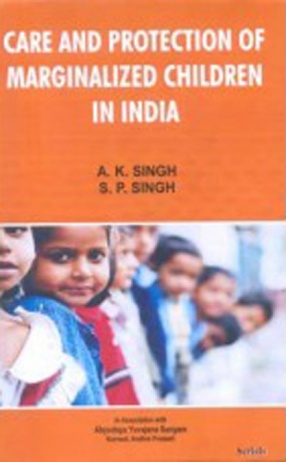Care and Protection of Marginalized Children in India
India is home to almost 20 per cent of the world's children. More than 1/3rd of the country's population comprising of about 440 million is below 18 years. It has been assumed that about 40 per cent of these children are in need of care and protection, which indicates the extent of the social problem. In a country like India with its multicultural, multi-ethnic and multi-religious population, the problems of socially marginalized, economically backward and disadvantaged groups are immense. Traditionally, the responsibility of care and protection of children has been the responsibility of families and the societies. However, due to poverty, backwardness and other socio-cultural factors, the problem of child abuse, destitution, neglect and exclusion is increasing gradually. The Constitution of India guarantees many fundamental rights to the children while the policies, legal provisions and enactment of Acts also provide right based approach for the care and protection of destitute and disadvantaged children. Against this view point, the national seminar on "Care and Protection of Marginalized Children: Emerging Issues, Challenges and Way Forward" was organized to discuss and deliberate on various issues pertaining to the theme and suggesting measures for care and protection of disadvantaged, marginalized and children living in difficult circumstances at Kurnool, Andhra Pradesh on 16 and 17 August, 2014. The present volume consists of 34 well written papers submitted during the national seminar. The volume has been planned in three sections viz. (1) Status and Situation of Marginalized Children, comprising of 18 papers; (2) Care and Protection of Marginalized Children: Policy and Legal Perspectives, containing 8 papers; and (3) Problems and Challenges in Care and Protection of Marginalized Children, comprising of 8 papers. The volume highlights the status of marginalized children and issues of child rights, trafficking, education, child marriage, care and protection etc. It is expected that the book will be of immense useful to the policy makers, administrators, feminine economists, and development professionals in understanding the status and situation of marginalised children in India and evolving strategies for their care and protection.
Get it now and save 10%
BECOME A MEMBER











Bibliographic information
S.P. Singh